British wild Orchids
Jun 24, 2013 04:50:59 #
A few photos of the orchid family seen in the last two month travelling in the north of England
European ladys slipper orchid, Cypripedium calceolus, the name translates to the little shoe of Venus, is part of the species recovery program and can be seen at a viewing NNR from Derbyshire to Durham in late May early June.
European ladys slipper orchid, Cypripedium calceolus, the name translates to the little shoe of Venus, is part of the species recovery program and can be seen at a viewing NNR from Derbyshire to Durham in late May early June.
lady's slipper orchid
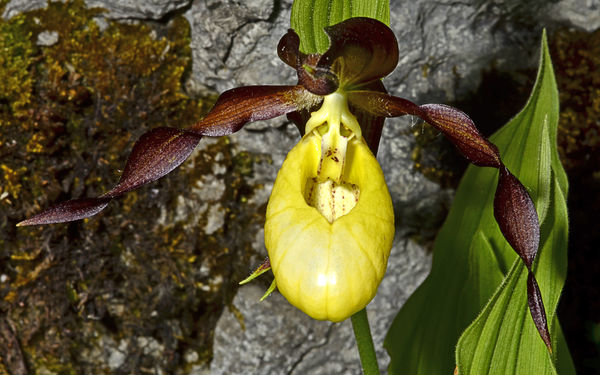
Lady's slipper
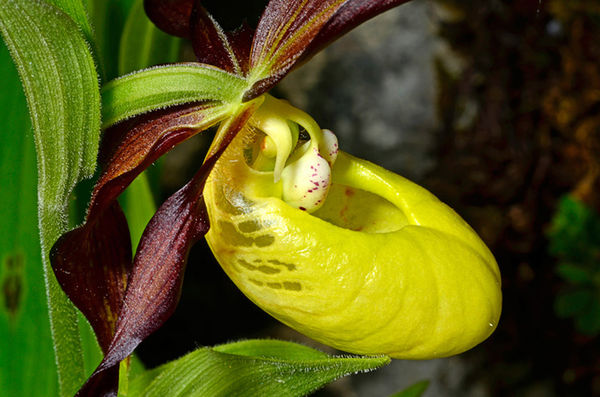
Coralroot orchid, a very small rare saprophytic orchid of dune slacks
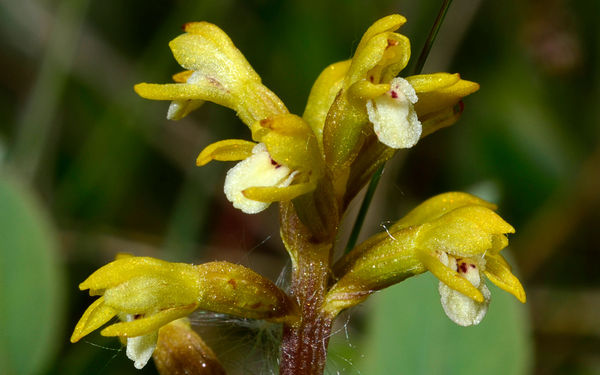
Early purple orchid
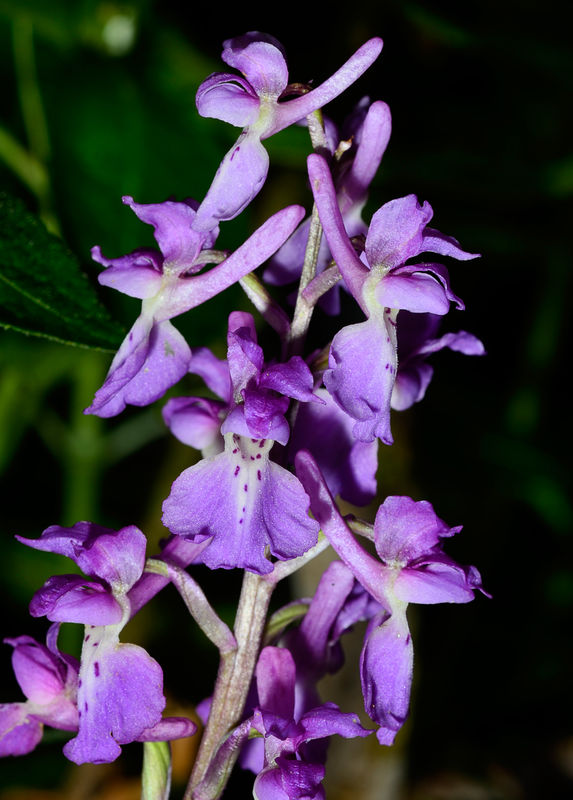
early purple orchid white form
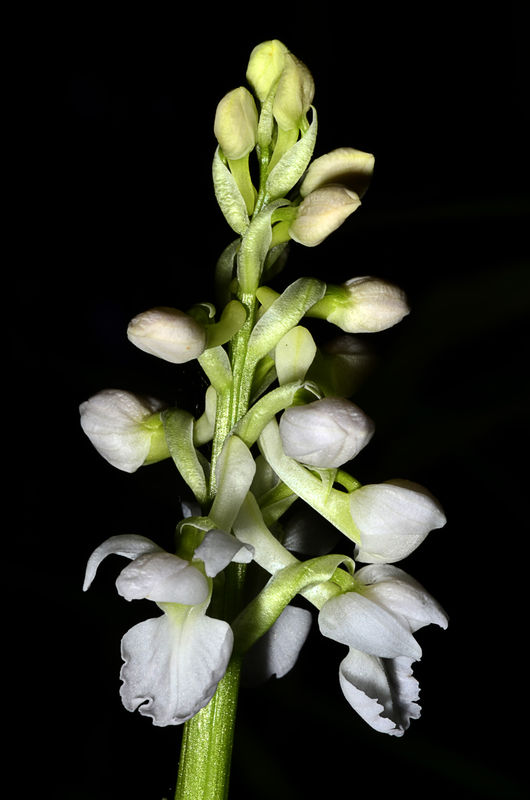
Southern marsh orchid
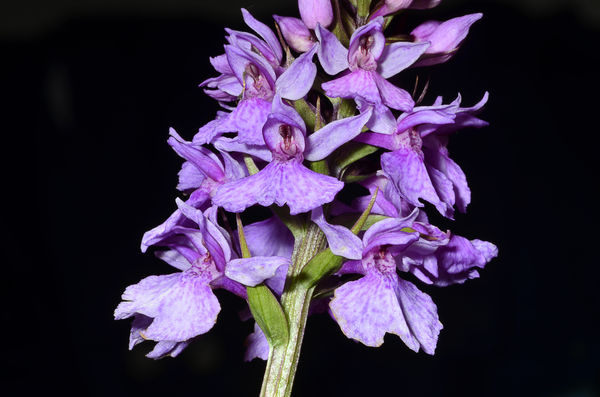
Northern marsh orchid
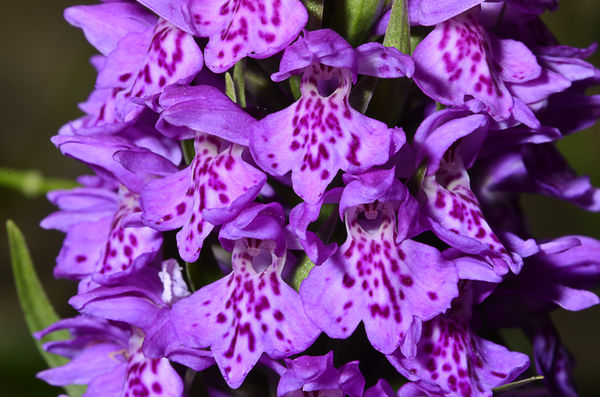
Twayblade
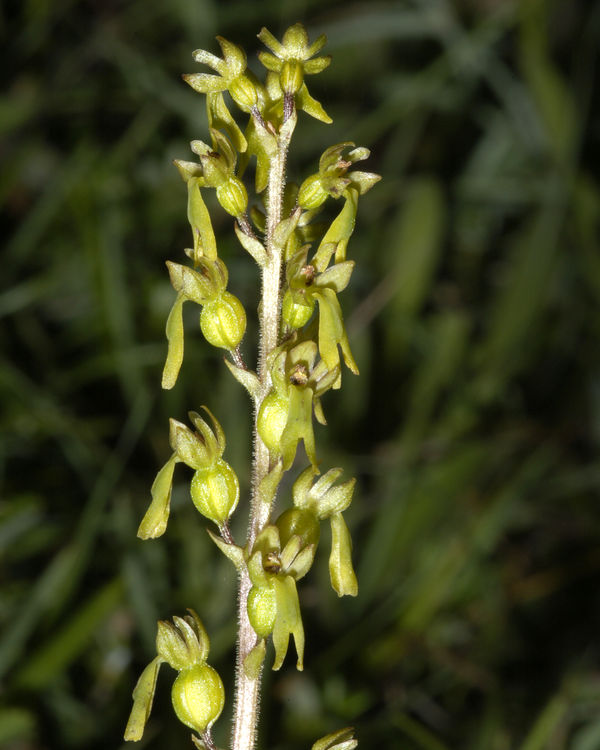
Twayblade, one of our commonest orchids
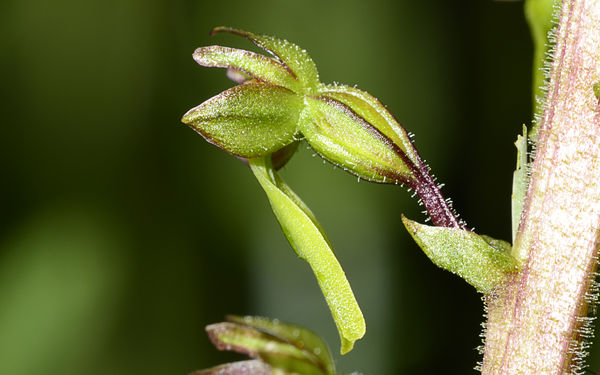
Jun 24, 2013 18:38:05 #
Jun 25, 2013 04:06:53 #
Super set, thanks for sharing and posting with the information.
Jun 26, 2013 01:59:24 #
Dixiegirl wrote:
Very pretty. I love the Lady's Slipper.
Thanks for looking Dixie girl; the lady's slipper is also known in North America as the moccasin flower, from its resemblance to a moccasin.
Jun 26, 2013 02:00:33 #
macro2009 wrote:
Super set, thanks for sharing and posting with the information.
Thanks Macro2009 for looking
Jun 27, 2013 14:07:26 #
JH2o wrote:
A few photos of the orchid family seen in the last two month travelling in the north of England
European ladys slipper orchid, Cypripedium calceolus, the name translates to the little shoe of Venus, is part of the species recovery program and can be seen at a viewing NNR from Derbyshire to Durham in late May early June.
European ladys slipper orchid, Cypripedium calceolus, the name translates to the little shoe of Venus, is part of the species recovery program and can be seen at a viewing NNR from Derbyshire to Durham in late May early June.
Hi JH2o :) Well well I never stop learning here, I don't know why but I had always assumed Orchids were imported and propagated here. A very nice set and thanks for the information. Here is a little relevant information.
Darwin described how the relationship between insects and plants resulted in the beautiful and complex forms which natural theology attributed to a grand designer. By showing how practical adaptations develop from cumulative minor variations of parts of the flowers to suit new purposes, Darwin countered the prevailing view that beautiful organisms were the handiwork of a Creator. Darwin's painstaking observations, experiments, and detailed dissection of the flowers explained previously unknown features such as the puzzle of Catasetum, which had been thought to have three completely different species of flowers on the same plant. In addition, they produced testable predictions including his then-controversial proposal that the long nectary of Angraecum sesquipedale meant that there must be a moth with an equally long proboscis. This was confirmed in 1903 when Xanthopan morgani praedicta was found in Madagascar. :thumbup:
Jun 28, 2013 02:06:12 #
Robbie7 wrote:
Hi JH2o :) Well well I never stop learning here, ... (show quote)
Thanks for the info Robbie7: There are 65 species of orchid in the UK plus hybrids and variants and moths pollinate a large proportion of these, some of the more attractive ones self pollinate
Bee orchid self pollinating
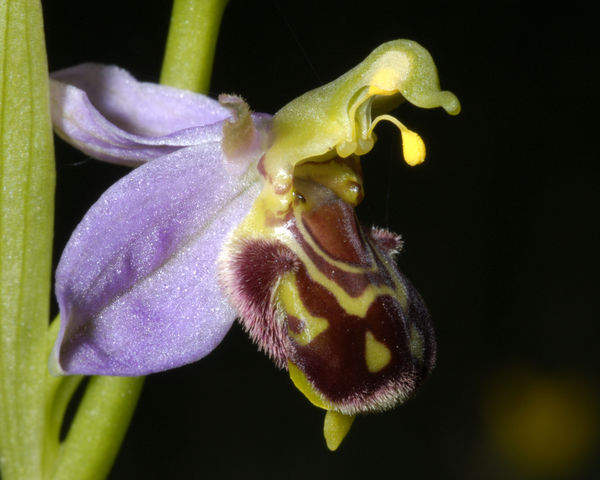
Jun 28, 2013 08:25:06 #
JH2o wrote:
A few photos of the orchid family seen in the last two month travelling in the north of England
European ladys slipper orchid, Cypripedium calceolus, the name translates to the little shoe of Venus, is part of the species recovery program and can be seen at a viewing NNR from Derbyshire to Durham in late May early June.
European ladys slipper orchid, Cypripedium calceolus, the name translates to the little shoe of Venus, is part of the species recovery program and can be seen at a viewing NNR from Derbyshire to Durham in late May early June.
Good shots all. I like the vibrancy of the marsh orchids.
Jun 29, 2013 01:59:24 #
GeezerGal wrote:
Good shots all. I like the vibrancy of the marsh orchids.
Thanks for looking GeezerGal the marsh orchid group are the most diverse in the orchid family
If you want to reply, then register here. Registration is free and your account is created instantly, so you can post right away.



